Eta Aquariid meteor shower a flashback to Halley’s comet fever
Halley’s comet made a guest appearance last night — at least a trail of it’s ancient dust did. But when the comet itself appeared over Sydney in 1986, Halley’s hype was fever pitch.
NSW
Don't miss out on the headlines from NSW. Followed categories will be added to My News.
In 1986, thousands of Australians rose before dawn to watch a faint fuzzy ball with a short thick tail drift across the sky.
Different from a star, the famous meteor Halley’s comet was visible to the naked eye and through binoculars for weeks. Comet fever had landed.
The once in 76-year-event brought entire neighbourhoods out to view the comet, which was visible over Sydney for 21-days alone.
Marketing went into overdrive with everything from time capsules to iceblocks being sold under the Halley’s comet madness.
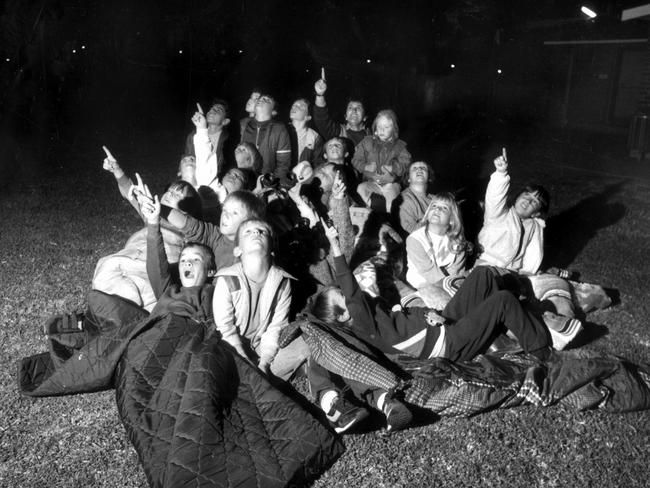
One newspaper reported in January 1986: “It is being taken so seriously that street lights in many parts of Australia may be blacked out to afford a better view of Halley’s comet, which comes once every 75 years.”
“In March and April, when the comet should be visible to the naked eye, there will be floodlight blackouts on the Sydney Harbour Bridge and street-light blackouts in Brisbane and towns near Canberra.
Melbourne and Sydney also considered turning off street lights, although authorities feared that was an open invitation for a criminal free-for-all.
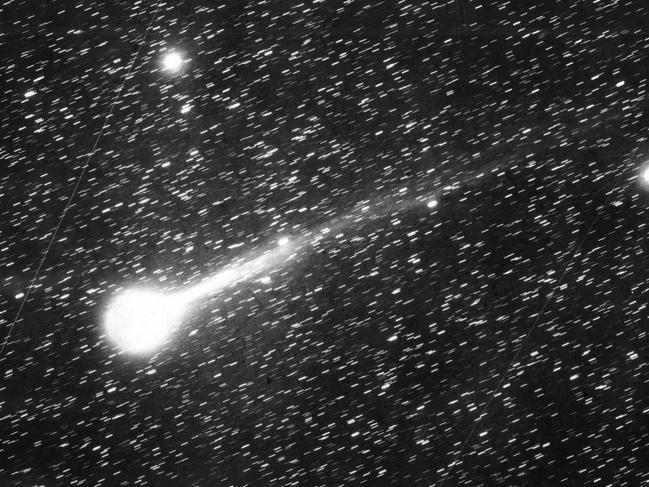
Special tours were organised for viewing, ‘Comet chaser’ flights were organised by Ansett, Alice Springs hotels booked out due to pollution-free skies – you could even take a hot air balloon to see it.
TV programs were gripped by the event. Several spacecraft were launched to study its composition, and high-powered telescopes including from Parkes observed the comet as it swung by earth.
The Space Shuttle Challenger’s main objective was to obtain UV spectra of the coma and tail of Comet Halley in January 1986 before it exploded shortly after launch.
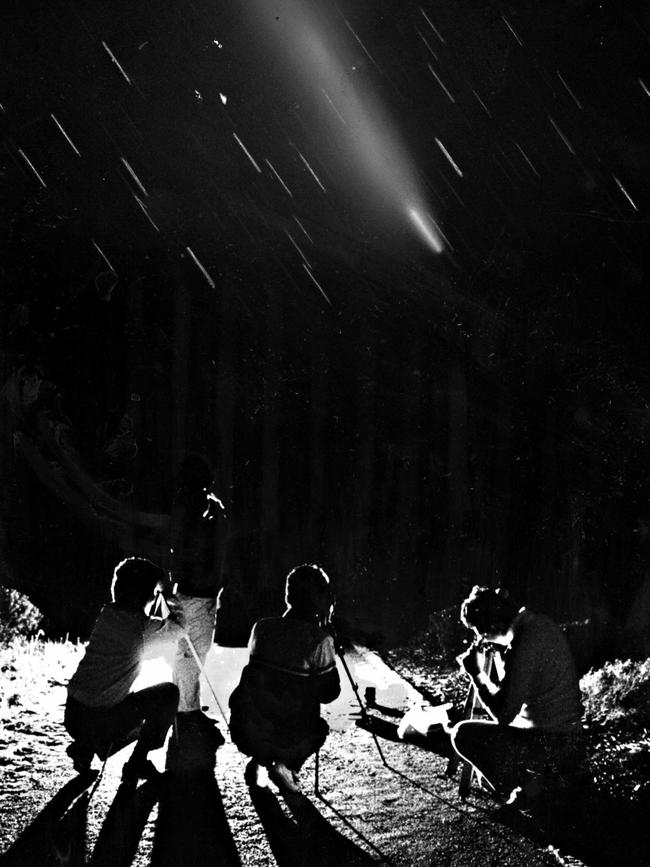
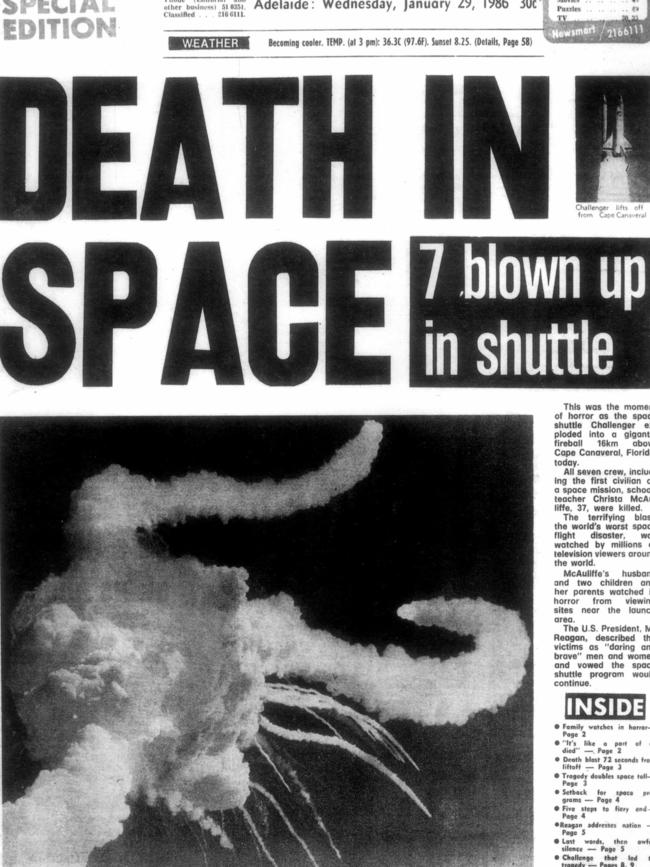
It was different greeting for the comet, seen as the bringer of bad omens in much of the world 1910, when observers thought it signalled the end of the world.
Today, superstition has been replaced with curiosity as comets, essentially just “dirty snowballs”, as one researcher put it, that visit every so often with “magnificent long tails”.
Halley’s comet won’t pass by again until 2061 but this morning, it’s ancient debris made a special appearance in a biannual meteor shower.
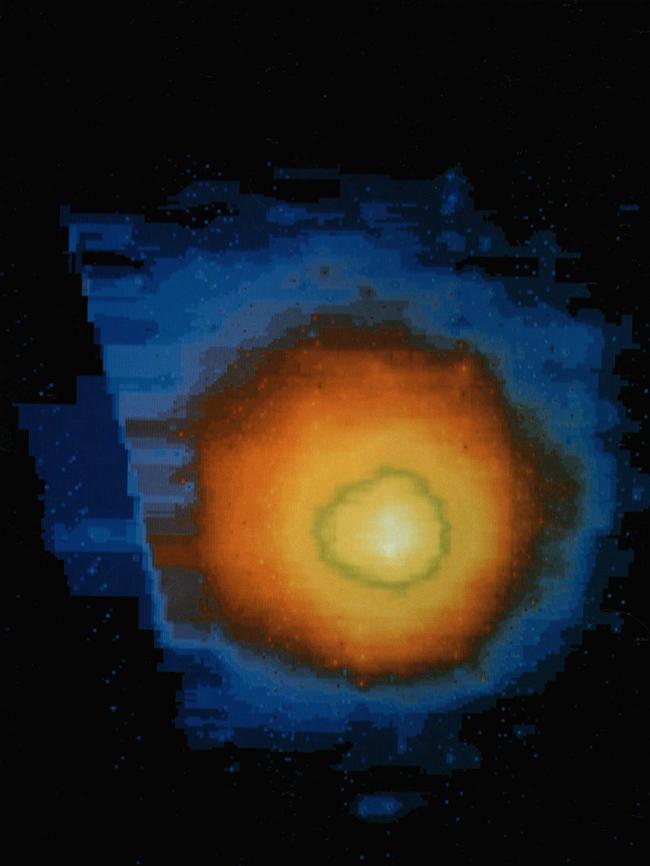
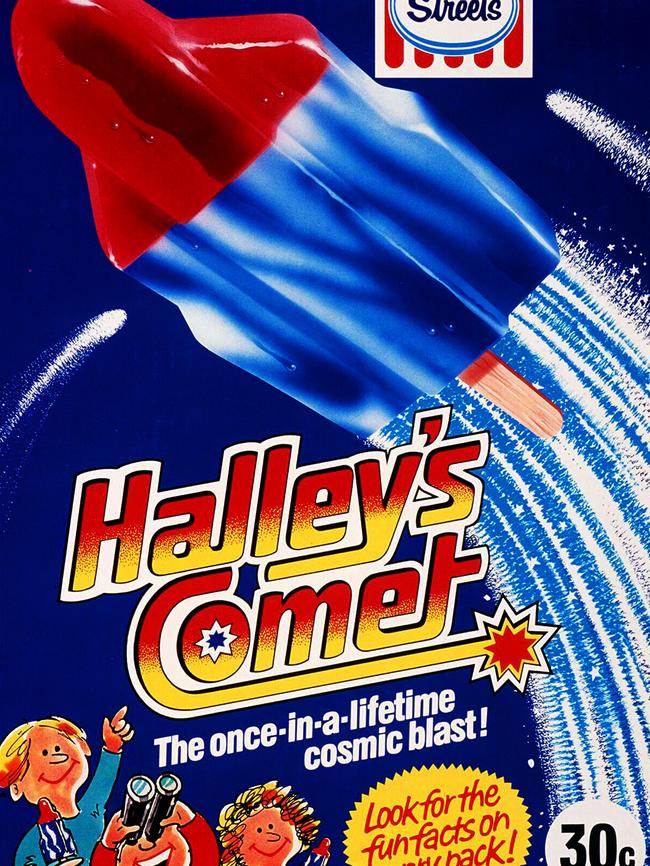
The Eta Aquariid showers occurs through April and May every year, when the earth passes a stream of dust from Halley’s comet.
According to the Sydney Observatory, when comets pass close to the sun they leave a trail of small particles and dust behind. When the earth passes through this trail we see lots of meteors appearing to come from the one area of the sky.
“This is called the radiant and each shower is named after the constellation or bright star near which the radiant appears.”
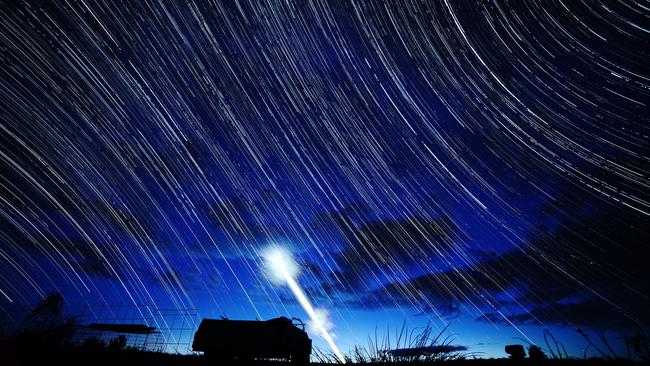
The Eta Aquariids show runs until May 28, but it peaked in Australia this morning.
The best time to observe any meteor shower is after midnight, usually a few hours before dawn. If you’re lucky, you may catch a glimpse on the Eta Aquariids on Thursday morning.
